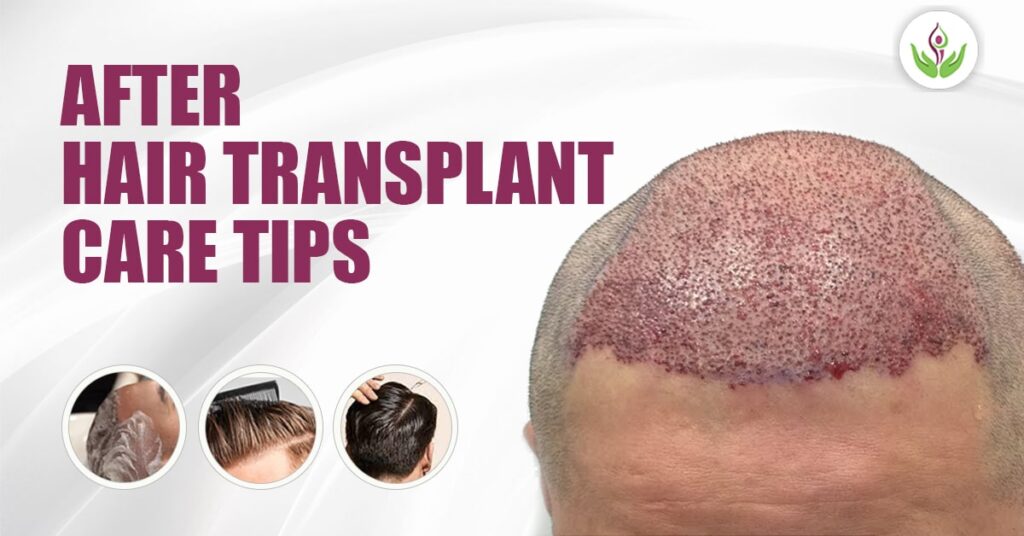A hair transplant is a life-changing procedure that can restore confidence and a fuller head of hair. However, proper preparation is crucial for ensuring the best possible results. From researching the right clinic to following pre-operative instructions, this step-by-step guide will help you navigate the preparation process for a successful hair transplant.
Step 1: Research and Choose the Right Clinic
Selecting a reputable clinic with experienced surgeons is one of the most critical steps in the hair transplant process. Consider the following when choosing a clinic:
Surgeon’s expertise and qualifications: Look for a board-certified surgeon with a proven track record in hair transplantation.
Patient reviews and testimonials: Read online reviews and check before-and-after photos to assess the clinic’s results.
Clinic’s technology and techniques: Ensure the clinic offers the latest hair transplant methods, such as Follicular Unit Extraction (FUE) or Follicular Unit Transplantation (FUT).
Cost and financing options: Hair transplants can be expensive, so inquire about payment plans or financing if needed.
Step 2: Schedule a Consultation
Once you have shortlisted a few clinics, schedule a consultation with the surgeon. During the consultation, expect the following:
A thorough scalp assessment to determine
A discussion of the best transplant method for your specific case (FUE or FUT).
An overview of expected results and the number of grafts needed.
A review of your medical history to identify any risk factors.
A cost estimate and discussion of the procedure timeline.
Step 3: Follow Pre-Operative Guidelines
To ensure a smooth procedure and optimal results, follow your surgeon’s pre-operative instructions:
1. Avoid Certain Medications and Supplements
Stop taking blood thinners (e.g., aspirin, ibuprofen) at least two weeks before surgery, as they can increase bleeding risk.
Avoid herbal supplements like ginseng, ginkgo biloba, and vitamin E, as they may interfere with healing.
2. Quit Smoking and Alcohol Consumption
Smoking restricts blood flow to the scalp, which can hinder healing and graft survival.
Avoid alcohol at least one week before surgery to reduce the risk of excessive bleeding.
3. Maintain a Healthy Diet
Eat nutrient-rich foods, particularly those high in protein, iron, and vitamins, to promote healthy hair growth.
Stay hydrated to improve circulation and recovery.
4. Get a Good Night’s Rest
A well-rested body heals faster, so ensure you get adequate sleep before the procedure.
5. Wash Your Hair Properly
Use a mild, sulfate-free shampoo to clean your scalp the night before or the morning of surgery.
Avoid applying hair products like gel, mousse, or hairspray before the procedure.
Step 4: Prepare for the Surgery Day
1. Wear Comfortable Clothing
Opt for a button-up or zip-up shirt to avoid pulling clothing over your head post-surgery.
2. Arrange Transportation
Hair transplants are performed under local anesthesia, but you may feel groggy afterward. Arrange for a friend or family member to drive you home.
3. Eat a Light Meal
Have a balanced meal before your procedure to maintain stable blood sugar levels.
Step 5: Post-Operative Care and Recovery
Following your surgeon’s post-operative care instructions is vital for a smooth recovery and successful results.
1. Follow Medication Guidelines
Take prescribed antibiotics and anti-inflammatory medications to prevent infection and reduce swelling.
Use pain relievers as recommended if discomfort occurs.
2. Sleep in an Elevated Position
Keep your head elevated (at a 45-degree angle) for the first few nights to reduce swelling.
3. Avoid Touching or Scratching the Scalp
Newly transplanted grafts are delicate; avoid touching, rubbing, or scratching the scalp.
4. Follow Washing Instructions
Your surgeon will provide specific guidance on how to wash your scalp gently after the surgery.
5. Avoid Strenuous Activities
Refrain from intense physical activities, heavy lifting, and excessive sweating for at least two weeks.
Conclusion
Proper preparation is key to ensuring the success of your hair transplant. From selecting the right clinic and following pre-operative guidelines to post-surgery care, every step plays a vital role in achieving the best results. By adhering to your surgeon’s instructions and making necessary lifestyle adjustments, you can look forward to a smooth recovery and natural-looking hair growth.

